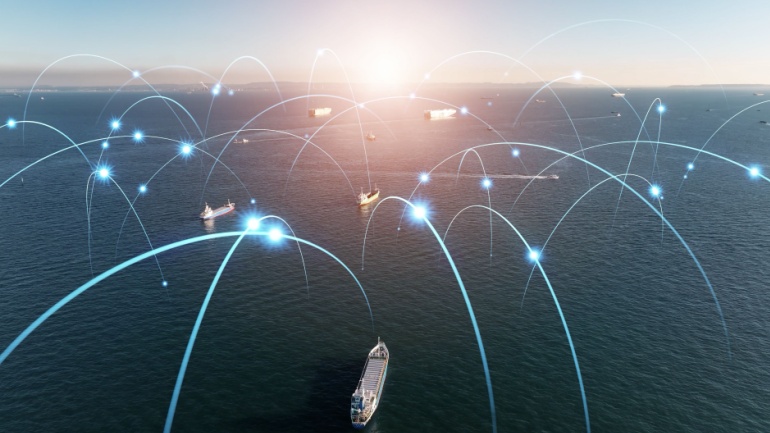Lightpath, a prominent all-fiber connectivity provider, has announced its agreement to acquire most of United Fiber and Data’s (UFD) assets. This acquisition, pending regulatory approval, is anticipated to be finalized in the third quarter of 2024.
The 2Africa subsea cable, touted as the world’s largest, now includes a direct connection to the UK thanks to Vodafone’s involvement. This ambitious project highlights significant global collaboration, with key partners including Bayobab, Center3, China Mobile International, Meta, Orange, Telecom Egypt, and WIOCC. The inclusion of both US and Chinese interests is particularly remarkable, showcasing cooperation despite ongoing geopolitical tensions.
Dutch telecommunications operator KPN has announced a partnership with pension fund ABP to form a new joint venture, temporarily named TowerCo. This entity will manage and operate 3,800 mobile towers and rooftop sites. KPN will hold a 51% stake in the venture, with ABP controlling the remaining 49%.
In a significant move towards bolstering AI infrastructure in Asia, Japan’s KDDI and Sharp have initiated discussions with Super Micro Computer Inc. and Datasection to establish the region’s largest AI data centre. The ambitious project will be situated at the soon-to-be-closed Sharp Sakai Plant in Osaka, marking a strategic repurposing of the unprofitable facility slated to shut down in September.
Digicel Group has announced the launch of its subsea fibre cable, Deep Blue One, marking a major investment in enhancing international submarine connectivity. This development is poised to significantly improve internet and communication services across the Caribbean and South America, with French Guiana, Suriname, Guyana, and Trinidad & Tobago being key beneficiaries.
At the Submarine Networks EMEA Conference in London, IOEMA Fibre introduced a new submarine cable that will link key markets across Northern Europe. The 1,400km cable, equipped with repeaters, will connect the UK, The Netherlands, Germany, Denmark, and Norway.
Nokia, in collaboration with Global Fiber Peru, has successfully launched a pioneering subaquatic optical, IP, and fiber broadband network in the Amazon rainforest. This new network aims to connect approximately 400 communities within the three-border region where Peru, Colombia, and Brazil meet.
Broadband infrastructure provider Openreach has unveiled plans to extend its full fibre broadband services to 517 additional locations across the UK, bringing fibre-to-the-premise (FTTP) to an extra 2.7 million homes and businesses. This ambitious rollout includes 400,000 homes in rural areas, highlighting Openreach’s commitment to bridging the digital divide.
Sparkle, Italy’s leading international service provider, has successfully landed its BlueMed submarine cable in Chania, Crete. The announcement was made during a press conference at the Italian Ambassador’s Residence in Athens, attended by key figures including Paolo Cuculi, the Italian Ambassador, and Dimitris Papastergiou, Greece’s Minister of Digital Governance.
Virgin Media Business Wholesale, a division of Virgin Media O2, has significantly upgraded the Manchester Equinix MA5 data center with advanced high-capacity fibre routes, enhancing connectivity in Manchester and the broader north of England. This upgrade positions the Manchester MA5 as a crucial node within Virgin Media Business Wholesale’s extensive network, which includes over 160 data centers across the UK.













